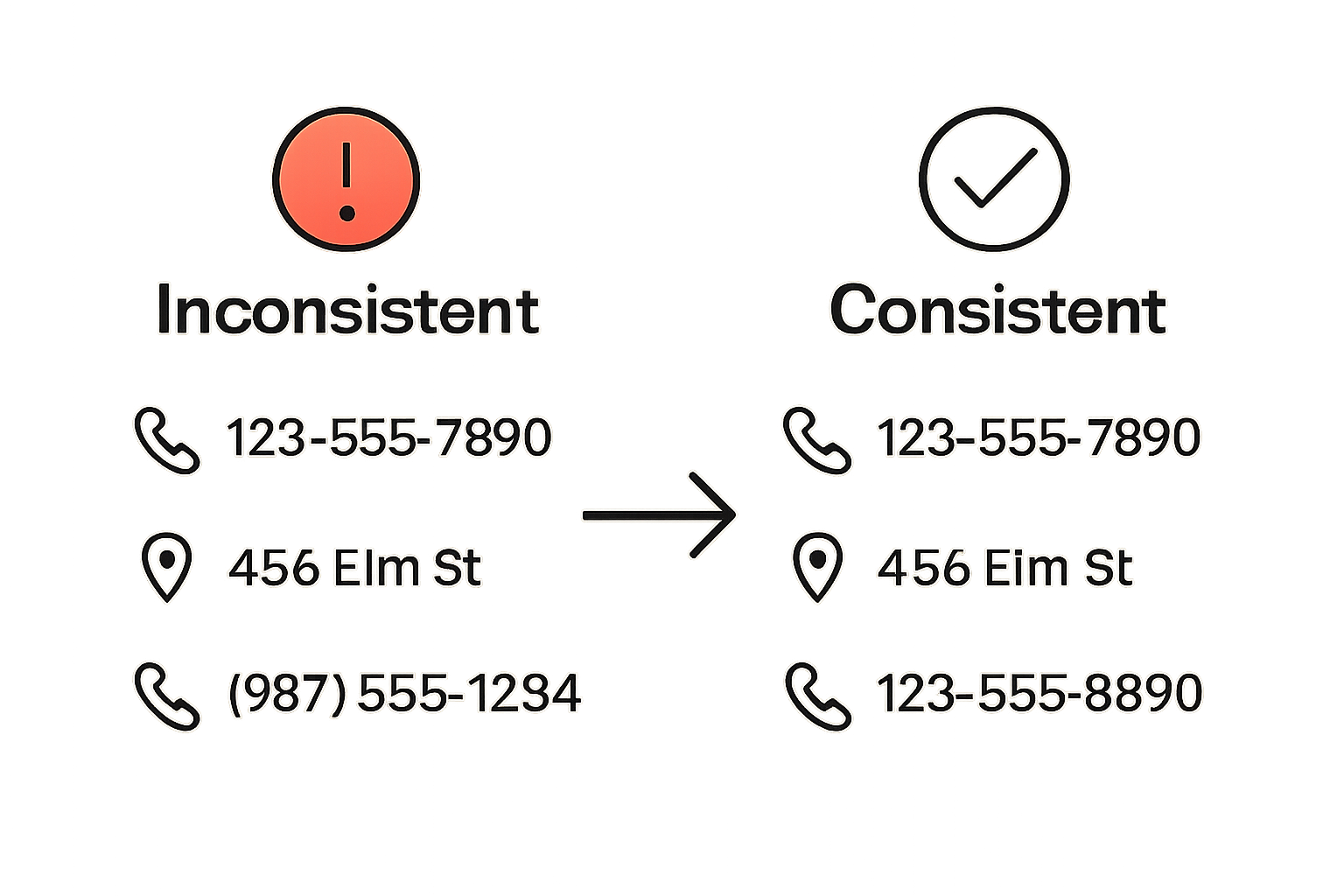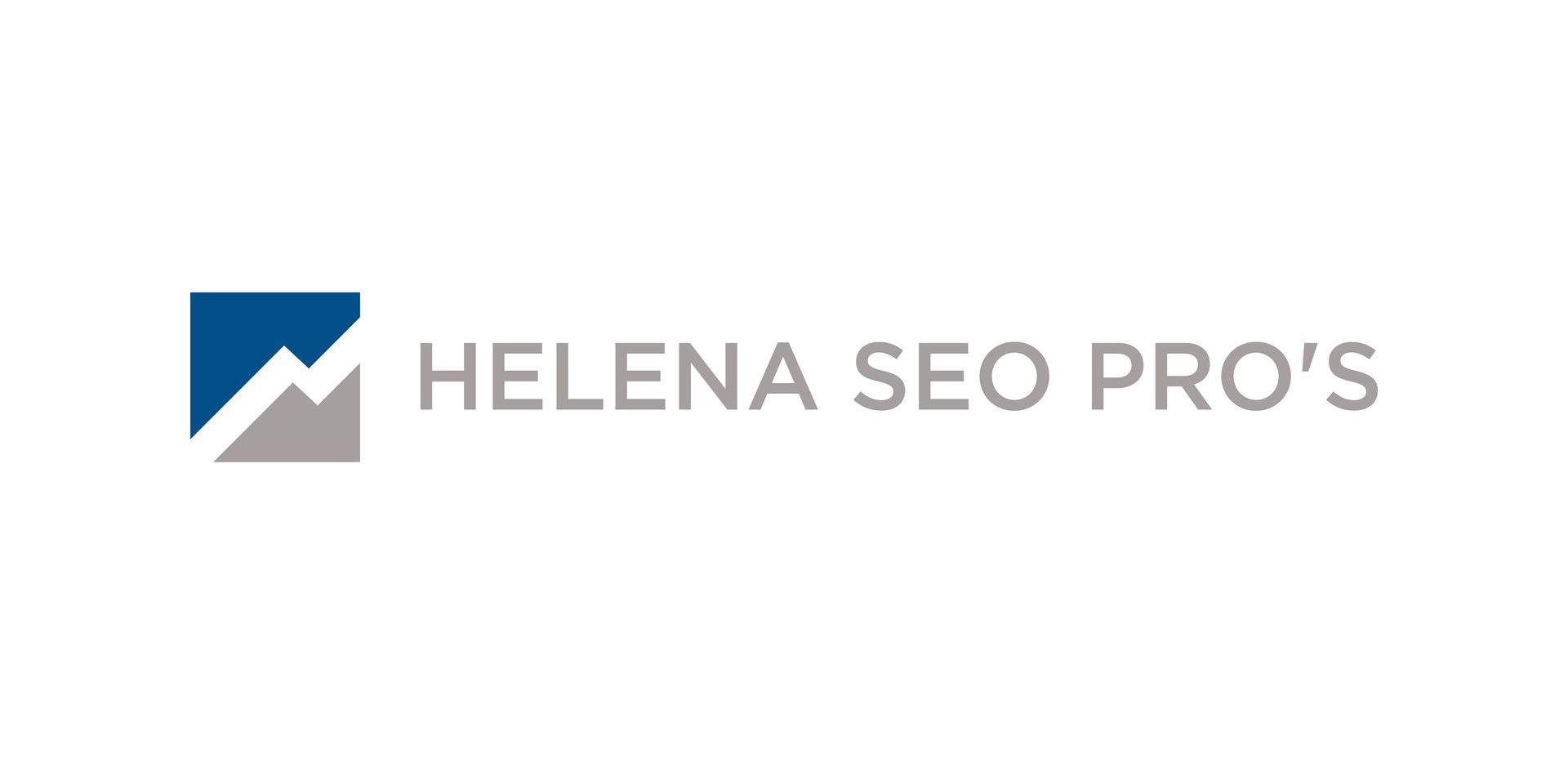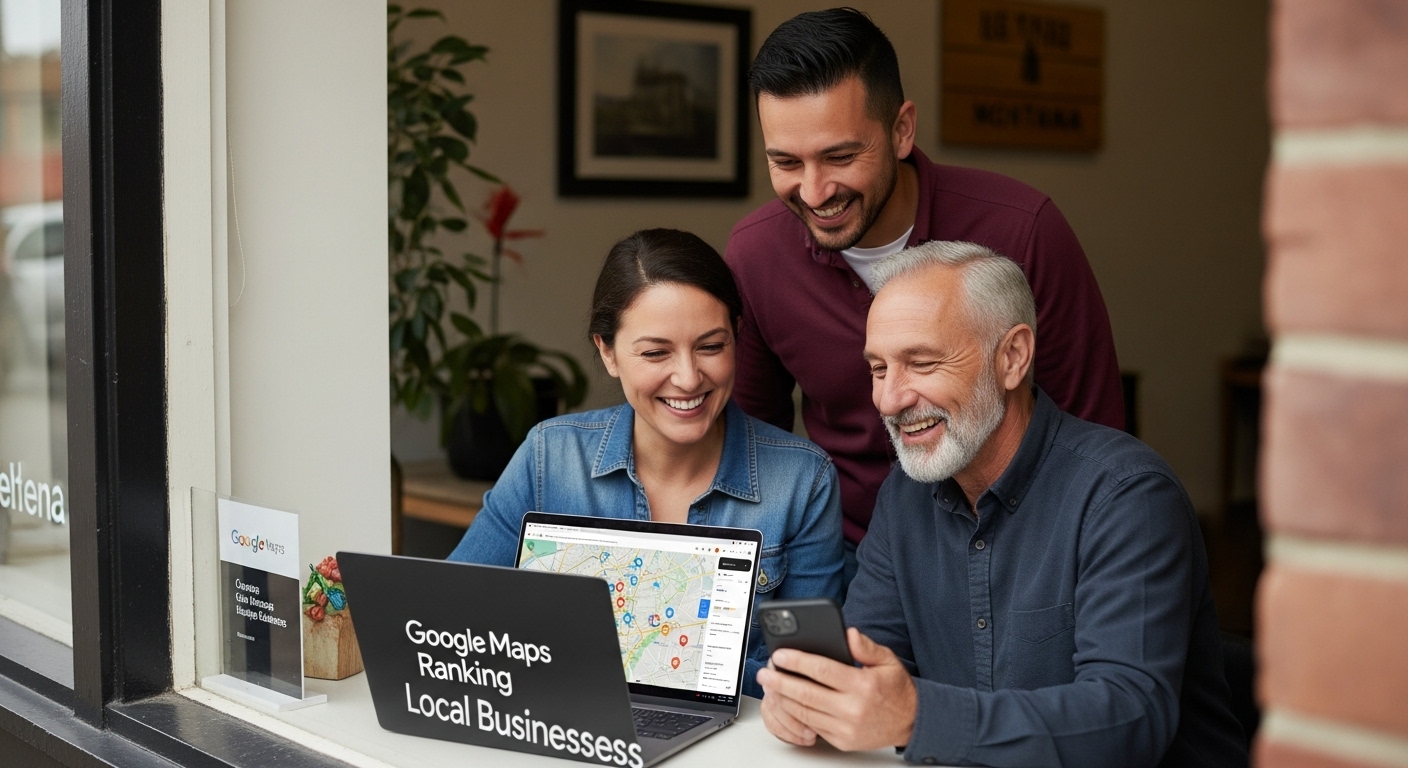How to Optimize Local SEO for Your Business in 2025
How to Optimize Local SEO for Your Business in 2025

Local SEO is the secret sauce that puts small businesses on the map. Around 46 percent of all Google searches are looking for local information, yet so many businesses miss simple steps that could make them stand out. Most owners think a website alone covers their bases but the real magic happens when you control every local signal and customer touchpoint. Get ready to uncover where the biggest local SEO opportunities really hide.
Table of Contents
Quick Summary
| Key Point | Explanation |
|---|---|
| 1. Conduct a Comprehensive Digital Audit | Assess your online presence by checking local search visibility and analyzing audit tools for gaps. |
| 2. Optimize Your Google Business Profile | Claim and complete your profile to enhance visibility and connect with potential customers. |
| 3. Implement Local Keyword Optimization | Use specific local keywords throughout your website to improve discoverability among relevant searches. |
| 4. Build and Maintain Local Citations | Ensure consistent business information across directories to boost credibility and local search rankings. |
| 5. Actively Manage Customer Reviews | Encourage and respond to reviews, enriching your online reputation and influencing potential clients. |
Step 1: Assess Your Current SEO Standing
To kickstart your local SEO optimization journey, you need a clear snapshot of your current digital landscape. Think of this step like checking the baseline of your business’s online health before crafting a strategic improvement plan. Your goal is to understand exactly where you stand in the digital marketplace and identify specific areas needing attention.
Begin by conducting a comprehensive digital audit of your online presence. Open your favorite web browser and search for your business name and primary services. What appears? Are you showing up in local search results? Check your Google Business Profile listing to see how complete and accurate your information appears. Many businesses overlook simple details that can dramatically impact their local search visibility.
Utilize free diagnostic tools to gain deeper insights. Google Search Console provides incredible data about how search engines currently view your website. Pay close attention to critical metrics like indexing status, search performance, and any potential technical issues blocking your visibility. Another powerful tool is Google Analytics, which reveals how users currently interact with your website and where potential optimization opportunities exist.
Your audit should also include a thorough review of your website’s local signals. Verify that your Name, Address, and Phone Number (NAP) are consistent across all online platforms. Even minor discrepancies can confuse search algorithms and potentially harm your local search rankings. Check your listings on critical platforms:
- Yelp
- Google Business Profile
- Bing Places
- Industry-specific directories relevant to your business
Don’t just look at the data. Analyze what it tells you. Are there gaps in your online representation? Missing information? Outdated contact details? Each of these represents an opportunity to improve your local SEO standing. By systematically addressing these elements, you’re laying a strong foundation for enhanced local search visibility that will support your business’s growth and online discoverability.
Step 2: Claim and Optimize Your Google My Business Listing
Your Google Business Profile is like a digital storefront that can make or break your local search visibility. This powerful tool allows potential customers to find you quickly, understand what you offer, and connect with your business effortlessly. Claiming and optimizing this listing isn’t just a checkbox task its a critical strategy for local SEO success.
Start by searching for your business on Google. If it already exists, look for the “Claim this business” or “Own this business” option. If your business isn’t listed, you’ll need to create a new profile from scratch. Verification is crucial during this process. Google typically sends a postcard with a verification code to your business address, which confirms your legitimacy and prevents random businesses from creating false listings. However, in most cases of 2025 to get your Google Business Profile Verified, if you are not instantly verified, you might be forced to go on a video call and prove your business is located where you say it is. If you are forced to do a live business video call, they will require a few things at a minimum; To see the street you live on, to see the address numbers on your business office or property, to see you unlock the door showing control of location, to see your office, and some items with your company name on it.
When completing your profile, think like a customer. Accuracy and completeness are key. Include every possible detail that helps someone understand your business. Write a compelling business description that highlights what makes you unique. Choose the most precise business category that describes your services. Upload high-quality, professional photos that showcase your workspace, products, or team. Customers love visual representation, and Google’s algorithm rewards profiles with rich, authentic imagery.
Consider these critical elements for your profile optimization:
- Full business name matching your legal registration
- Precise physical address
- Local phone number with area code
- Operating hours (including holiday schedules)
- Website URL
- Relevant service descriptions
Encourage happy customers to leave reviews and respond to every review professionally. Responding shows you value customer feedback and demonstrates active engagement. Each review acts like a trust signal for both potential customers and search algorithms. A well-maintained Google Business Profile doesn’t just improve your local search rankings it transforms how potential customers perceive and interact with your business.
 By investing time in this optimization, you’re essentially creating a free, powerful marketing tool that works around the clock to attract local customers.
By investing time in this optimization, you’re essentially creating a free, powerful marketing tool that works around the clock to attract local customers.
Step 3: Optimize Your Website for Local Keywords
Local keyword optimization is like creating a digital map that guides potential customers directly to your business. Your website needs to speak the language of local searchers, incorporating geographic and service-specific terms that match how people in your area actually search for businesses like yours.
Start by understanding your local search landscape. Put yourself in your customers’ shoes and think about how they would search for your services. Someone looking for a roofing contractor in Helena might use phrases like “Helena roof repair” or “Missoula MT roof replacement” instead of generic terms. Use tools like Google Keyword Planner to discover precise local search terms that have meaningful search volume and relevance to your business.
Integrate these local keywords naturally throughout your website content. This isn’t about stuffing keywords randomly, but weaving them into meaningful, helpful text. Your homepage, service pages, and about section should subtly incorporate local references. Write about your specific service area, mention local neighborhoods, and highlight your connection to the community. Create content that demonstrates your local expertise by discussing region-specific challenges, local projects you’ve completed, or community involvement.
Consider these strategic keyword placement areas:
- Page titles and meta descriptions
- Headings and subheadings
- Image alt text
- Service description paragraphs
- Customer testimonials
Remember that modern search algorithms prioritize context and user intent over simple keyword matching. Your goal is creating genuine, helpful content that naturally incorporates local search terms. This approach not only improves your search visibility but also provides real value to potential customers searching for services in their immediate area. By thoughtfully integrating local keywords, you transform your website from a generic online brochure into a targeted, discoverable local business resource.
Step 4: Build Local Citations and Directory Listings
Local citations are your business’s digital fingerprints across the internet. Think of them as digital references that validate your business’s existence and credibility. Consistent and accurate citations act like votes of confidence for search engines, signaling that your business is legitimate and locally relevant.
Start by conducting a comprehensive audit of your current online listings. Search your business name across various platforms and identify existing citations. Your goal is absolute consistency. Every listing should match exactly the way your business name, address, and phone number appear on your Google Business Profile. Even tiny variations like “Street” versus “St.” can confuse search algorithms and potentially harm your local search rankings.

Focus on building citations across multiple platforms. While Google Business Profile remains primary, don’t overlook industry-specific and local directories. Chamber of Commerce websites, local business associations, and niche industry directories can provide valuable citation opportunities. Quality matters more than quantity. A few well-placed, authoritative citations carry more weight than hundreds of low-quality, spammy listings.
Consider these strategic citation platforms:
- Yelp
- Yellow Pages
- Better Business Bureau
- Local Chamber of Commerce
- Industry-specific directories
- State and regional business registries
Automate part of this process using citation management tools that can help track and update your business information across multiple platforms. Some tools even alert you to potential inconsistencies or new listing opportunities. Remember that building citations is an ongoing process. Regularly audit and update your listings to ensure they remain current and accurate. By methodically building and maintaining your local citations, you’re creating a robust online network that boosts your local search visibility and helps potential customers find you more easily.
Step 5: Encourage and Manage Customer Reviews
Customer reviews are the lifeblood of local SEO, acting as powerful social proof that can dramatically influence your online visibility and potential customer decisions. Think of reviews as digital word-of-mouth marketing that not only boost your search rankings but also build trust with potential clients looking for reliable services in their local area.
Creating a systematic approach to gathering reviews requires strategy and genuine customer engagement. Start by making the review process incredibly simple for your customers. Develop multiple easy pathways for feedback collection. Include direct links to your Google Business Profile in follow-up emails, text message thank-you notes, or printed receipts. Train your team to personally request reviews at the point of service completion, explaining how much their feedback matters. Some businesses even create small incentives like entry into a monthly drawing or a small discount on future services for customers who leave honest reviews.
Managing these reviews is equally critical. Respond to every single review, whether positive or negative, with professionalism and genuine appreciation. For positive reviews, thank the customer specifically and highlight the exact service they appreciated. With negative reviews, acknowledge the concern, offer to resolve the issue offline, and demonstrate your commitment to customer satisfaction. Your response matters more than the review itself to potential customers who will scrutinize how you handle criticism.
Consider these strategic review collection methods:
- Create review request cards with QR codes
- Develop a follow-up email template
- Train staff on professional review solicitation
- Use tablet or mobile devices for immediate review collection
- Implement a review management system
Remember that authenticity trumps volume. Search engines and customers alike can detect manufactured or fake reviews. Your goal is generating genuine, honest feedback that reflects the true quality of your services. By treating review collection and management as a continuous relationship-building process, you transform customer experiences into powerful local SEO assets that attract and convert potential clients.
Step 6: Monitor and Adjust Your Local SEO Strategy
Local SEO isn’t a set-it-and-forget-it strategy. Think of it like maintaining a garden where consistent attention and strategic adjustments help your online presence grow and thrive. Your goal is to create a dynamic monitoring system that provides real-time insights into how your local search performance evolves.
Start by establishing a robust tracking framework using powerful tools like Google Search Console and Google Analytics. These platforms offer deep insights into your website’s performance, revealing crucial metrics such as search visibility, click-through rates, and user engagement. Pay close attention to how local searchers find and interact with your online presence. Are they spending time on your site? Which pages attract the most local traffic? Understanding these patterns helps you make data-driven refinements to your local SEO strategy.
Consistent performance tracking is your competitive advantage. Set up monthly review sessions where you analyze key performance indicators. Look beyond simple rankings and dive into more nuanced metrics like local search impressions, geographic search origin, and conversion rates from local search traffic.
Here is a comparison table outlining different tools and their primary purposes for monitoring and improving your local SEO strategy.
| Tool | Primary Purpose | Key Insights Provided |
|---|---|---|
| Google Search Console | Track website indexing and search appearance | Search performance, technical issues |
| Google Analytics | Monitor website user behavior and traffic | Visitor engagement, conversion data |
| Citation Management Tool | Manage business info across directories | Citation consistency, listing updates |
| Review Management System | Collect and respond to customer feedback | Review notifications, response tracking |
Consider these critical monitoring elements:
- Monthly performance dashboard review
- Competitor keyword tracking
- Local search ranking fluctuations
- Website traffic from local searches
- Conversion rates by geographic region
Remember that local SEO is an ongoing conversation with search engines and potential customers. Be prepared to experiment, learn, and adapt. Small, incremental changes can produce significant improvements over time. By maintaining a flexible, data-informed approach, you transform local SEO from a static strategy into a dynamic, responsive system that continuously attracts and converts local customers. Your willingness to monitor, analyze, and adjust sets you apart in an increasingly competitive digital marketplace.
Ready to Transform Your Local SEO Results in 2025?
You have just learned the critical steps to improve your local search rankings, from auditing your website and optimizing your Google Business Profile to building dependable citations and managing customer reviews. But even with a clear roadmap, getting fast, consistent results can feel overwhelming. Missing keywords, inconsistent citations, and underperforming outreach are common pain points for growing local businesses. If you want to unlock the full power of local SEO and leave your competitors behind, you need expert guidance and real solutions that adapt as local algorithms change.
Stop letting missed opportunities slow your growth. The Helena SEO Pros team delivers tailored strategies that blend technical SEO, local map optimization, and proven link building tactics so your business stands out in Helena and beyond. Whether you need help optimizing for Google’s latest updates or building high-quality local links, our full-service approach empowers your business at every step. Take the first step toward measurable results and stronger leads—visit our home page to schedule your free local SEO consultation today.
Frequently Asked Questions
How can I assess my current local SEO standing?
To assess your current local SEO standing, conduct a comprehensive digital audit by searching for your business name and primary services to see if you appear in local search results. Review your Google Business Profile for accuracy and use tools like Google Search Console and Google Analytics to analyze metrics like indexing status and user interactions with your website.
What is the importance of a Google Business Profile for local SEO?
A Google Business Profile is crucial for local SEO as it acts like a digital storefront. It allows potential customers to quickly find your business, understand what you offer, and connect easily. Optimizing this listing can enhance your local search visibility and improve customer perception.
How should I optimize my website for local keywords?
To optimize your website for local keywords, think like your customers and use specific geographic and service-related terms in your content. Integrate these keywords naturally into headings, page titles, meta descriptions, and service descriptions while providing valuable information about your local area and expertise.
What strategies can I use to encourage customer reviews?
To encourage customer reviews, simplify the process by providing direct links to your Google Business Profile in follow-up communications, train your staff to request reviews after services, and consider offering incentives like discounts or entry into a drawing for customers who leave honest feedback.


